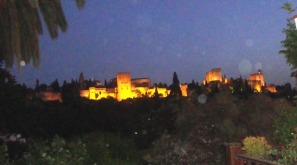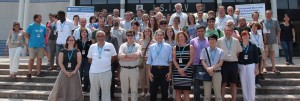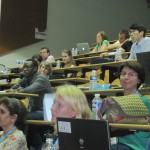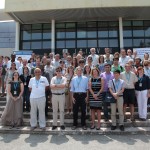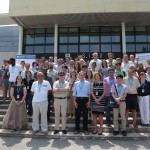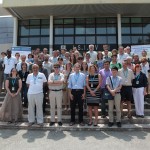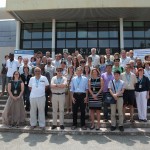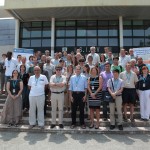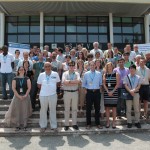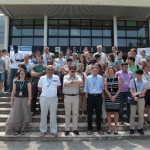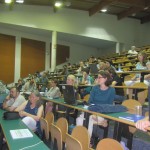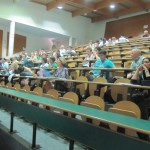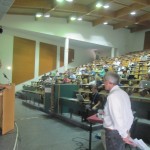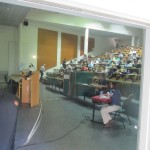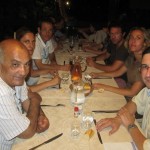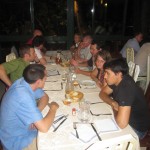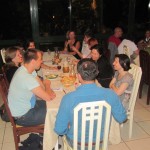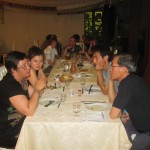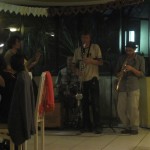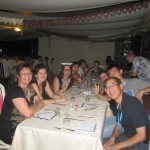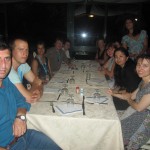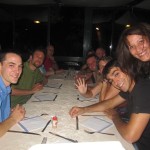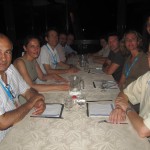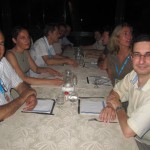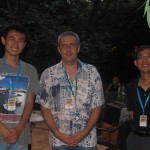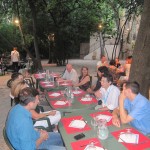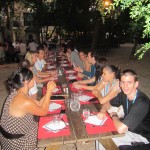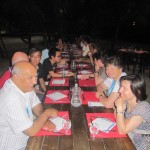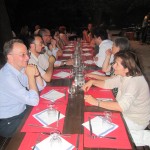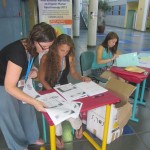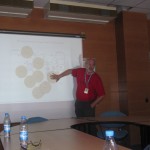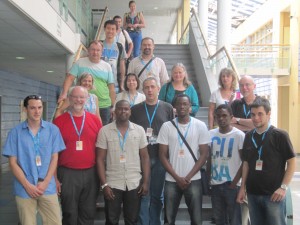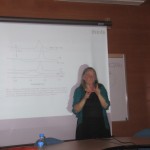Quantification of natural organic matter: caveats and needs
M. Filella1,2
1 Institute F.-A. Forel, Université de Genève, 10 route de Suisse, CH-1290 Versoix, Switzerland
2 SCHEMA, Rue Principale 92, L-6990 Rameldange, Luxembourg
Natural organic matter (NOM) plays an important role in many environmentally-relevant processes. NOM includes many different types of compounds, not all of which behave similarly. Much effort has gone into characterising some fractions of NOM (e.g., humic substances) in the different environmental compartments, in finding tracers to ascertain their origin, etc. –sometimes by using extremely sophisticated techniques–, but no comparable effort has been put into developing quantification techniques. As a result, field studies have often limited themselves to measuring only total (TOC) or dissolved (DOC) organic carbon or some surrogate parameter.
Quantification of NOM fractions in waters is not straightforward. Any analytical method measures a property of an analyte (or its reaction product) but the operationally defined nature of some NOM categories, together with the concomitant elusive and non-constant composition and structure of some of these substances, makes it difficult to find such an intrinsic property for them. Moreover, results have to be expressed as a function of the response of a standard, which is perceived as unsatisfactory by some users and, more importantly, remains largely misunderstood by many.
Four different cases will be discussed:
-
carbohydrates (or “when not all sugar is glucose”),
-
thiols,
-
TEP (a completely operational category),
-
‘humics’ (the most difficult case?).
The importance of being able to quantify different types of NOM will be discussed in three different fields: thermodynamic modelling of trace element speciation (and implications for their use in ecotoxicology models such as BLM), understanding the fate of natural colloids and nanoparticles in freshwaters, studying long-term trends of NOM concentrations in relation to global climatic change.

